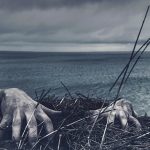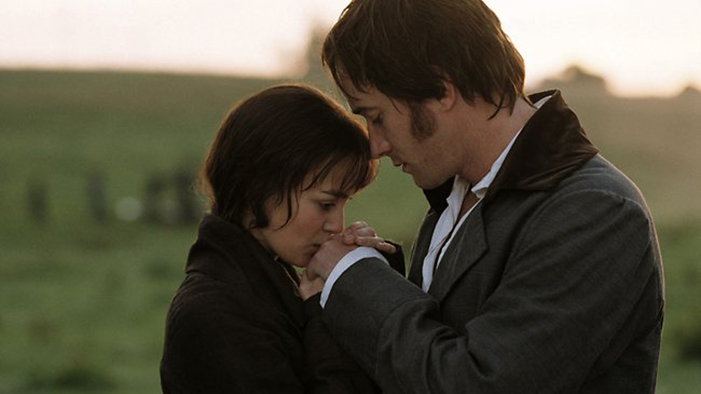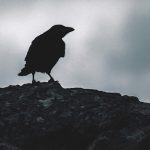Summary
The speaker describes searching in vain for a poetic theme: he says that he had tried to find one for “six weeks or so,” but had been unable to do so. He thinks that perhaps, now that he is “but a broken man,” he will have to be satisfied with writing about his heart, although for his entire life (“Winter and summer till old age began”) he had played with elaborate, showy poetic themes that paraded like “circus animals”: “Those stilted boys, that burnished chariot, / Lion and woman and the Lord knows what.”
What can he do, he wonders, but list his old themes in the absence of a new one? He remembers writing of a “sea-rider” named Oisin, who traveled through “three enchanted islands”; but the speaker says that as he wrote about Oisin, he was secretly “starved for the bosom of his fairy bride.” He remembers writing a play called “The Countess Cathleen,” about a “pity-crazed” woman who gave her soul away; but the speaker says that the dream inspired by a woman who was forced to destroy her own soul “had all my thought and love.” He remembers writing of the hero Cuchulain’s battle with the sea while the Fool and the Blind Man “stole the bread”; but even then, he was enchanted by the dream—the idea of “Character isolated by a deed / To engross the present and dominate memory.” He says that he loved the “players and painted stage,” and not the things they symbolized.
The speaker says that those images were masterful because they were complete. He says that they grew in pure mind, and asks out of what they began. He answers his own question: they issued from “Old kettles, old bottles, and a broken can, / Old iron, old bones, old rags, that raving slut / Who keeps the till.” Now that his “ladder” is gone, the speaker says, he must lie down “where all the ladders start / In the foul rag and bone shop of the heart.”
Form
The five stanzas of “The Circus Animals’ Desertion” are written in the same form as the stanzas of “Sailing to Byzantium”: in lines in iambic pentameter, rhymed ABABABCC. The poem is subdivided into three numerical sections (I, II, and III), with the three middle stanzas falling in section II; section I contains only the first stanza, and section III contains only the last.
Commentary
“The Circus Animals’ Desertion,” one of the last poems Yeats completed before his death in
In the three stanzas of the second section, Yeats looks back at three specific works from earlier in his life, and questions their honesty and his commitment to them. In the first stanza of section II, he looks back at The Wanderings of Oisin, a long narrative poem from
In the final stanza of the poem, Yeats takes a hard look at his “masterful” imagery, and realizes that though it seemed to grow in “pure mind,” it actually began in the ugly, common experiences of everyday life, which work upon the mind. So in a sense, Cuchulain stemmed from “a mound of refuse or the sweepings of a street.” Wearily but with resolve, Yeats states that he must lie down in the place where poetry and imagery begin: “In the foul rag and bone shop of the heart.” The stark physicality of the final line of Yeats’s last great formulation of a poetic credo contrasts shockingly with his first one, in “The Lake Isle of Innisfree,” in which he declared his fidelity to “the deep heart’s core.” Throughout his fifty-year literary career, he has delved so deep into the heart’s core that he has discovered, not the lapping waters of Innisfree, but the foul rag and bone shop in which he now lies down. As Yeats wrote in an earlier poem, “The Coming of Wisdom with Time,”
Though leaves are many, the root is one;
Through all the lying days of my youth
I swayed my leaves and flowers in the sun;
Now I may wither into the truth.


 payment page
payment page



